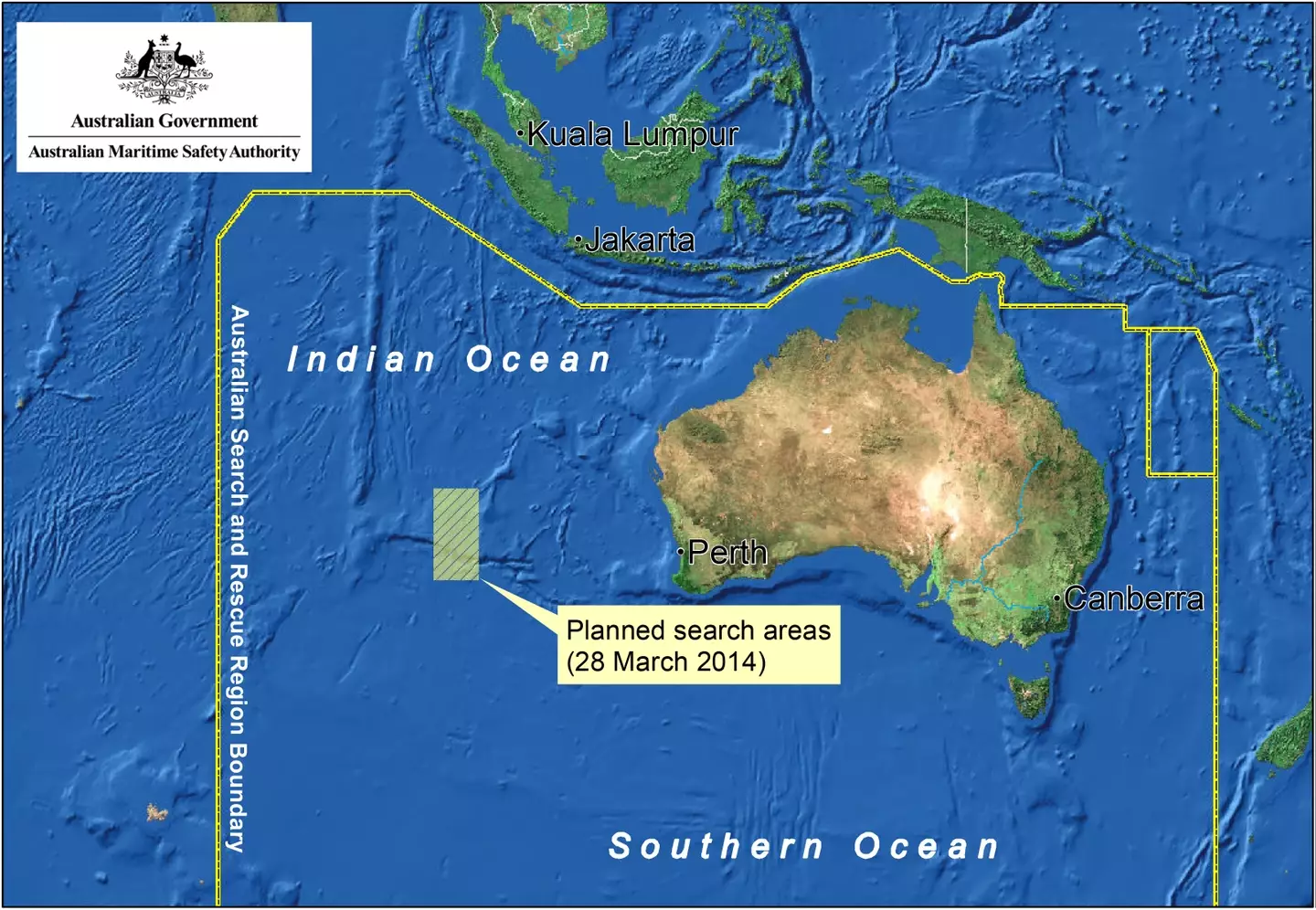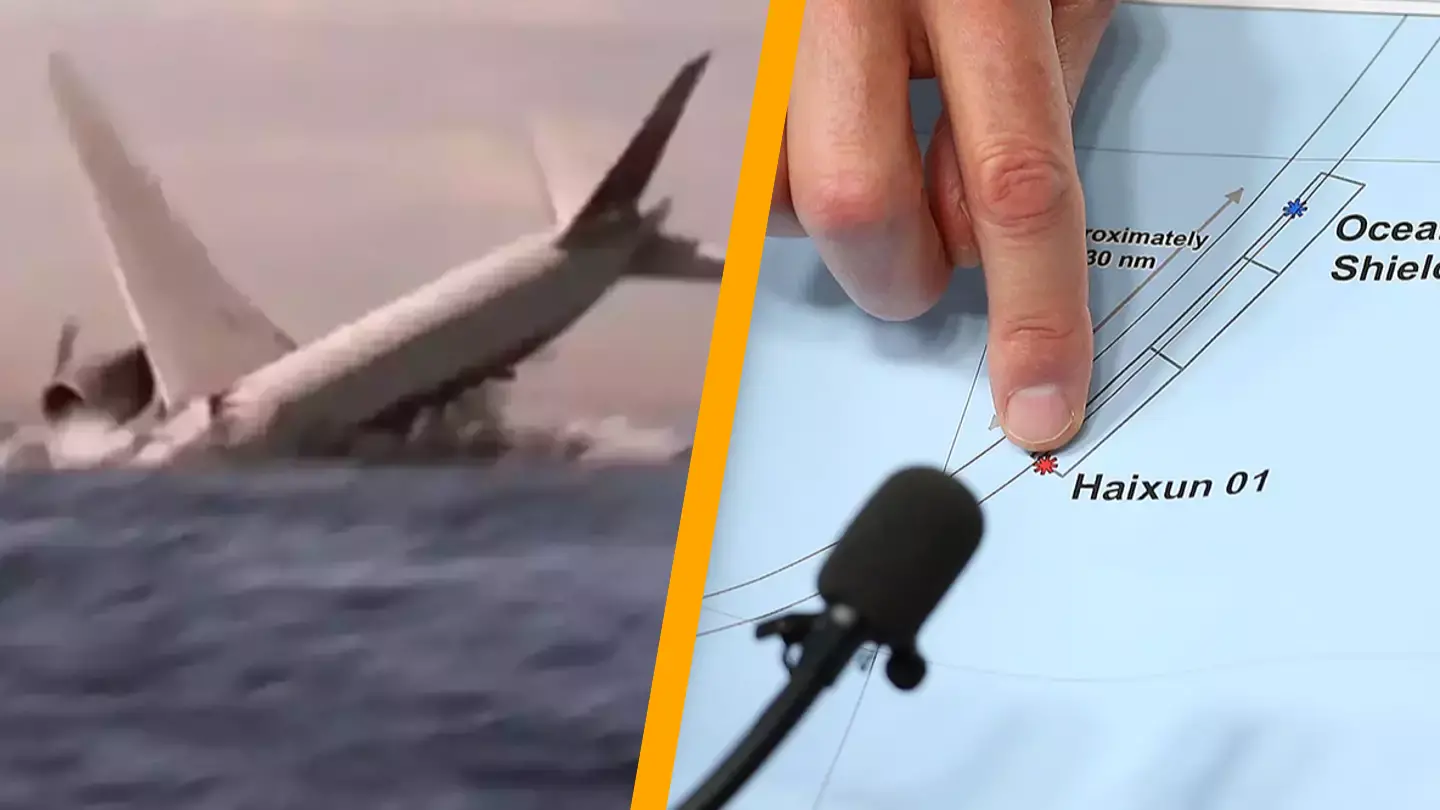An innovative experiment by a private pilot aims to uncover the truth behind the disappearance of the Malaysia Airlines flight MH370.
March 2024 commemorates a decade since the aircraft, with 239 people on board, vanished from flight radars during its course from Malaysia to China.
In the past ten years, numerous theories have emerged regarding the plane’s fate, but despite comprehensive searches spanning from the ocean near Australia to Central Asia, no conclusive explanations have been found.
Currently, US-based science journalist and private pilot Jeff Wise seeks to resolve the mystery with ‘The Finding MH370 Project’.
Wise, who has previously authored a book, hosted a podcast, and appeared in a Netflix documentary about the missing plane, hopes his project will uncover new evidence.
To fund the experiment, he has set up a Kickstarter page, aiming to address ‘two paradoxical aspects of the plane’s debris’, with hopes of ‘solving the mystery once and for all’.
In a discussion with FEMAIL about the plane’s disappearance, Wise remarked: “It is the most baffling case – most are far more straightforward.”

The focal point of Wise’s experiment is the first piece of the aircraft discovered post-disappearance: the flaperon from the plane’s wing.
The flaperon’s discovery provided researchers with a chance to hypothesize about its drift origin following the plane’s disappearance. This analysis could involve studying the barnacles that had developed on the debris, which carried chemical indicators.
Wise’s experiment aims to delve into the barnacle growth process by utilizing a different 777 flaperon, precisely cut to replicate MH370’s shape, equipped with sensors and data-gathering tools.
The flaperon will be released near MH370’s suspected crash site, precisely 11 years after the plane went missing.
Cameras will document barnacle growth on the flaperon’s surface, while a radio transmitter will track its journey.
After 15 months, the flaperon will be retrieved, and the barnacle population analyzed.
Simultaneously, project volunteers will examine barnacles on over 1,000 buoys worldwide, creating a dataset to compare with MH370’s flaperon.

Wise anticipates that the experiment will yield one of two outcomes: either the barnacles will cover the entire new flaperon, or they will grow exclusively on the part of the flaperon submerged continuously in the water.
These outcomes will subsequently support one of two theories regarding the plane’s fate.
If barnacles cover the entire flaperon, it would suggest the plane landed in the Indian Ocean after one of MH370’s pilots hijacked the aircraft for a mass-murder-suicide.
If barnacles only grow on the submerged section, it could imply the debris was placed in the Ocean later, indicating a possible third-party hijacking.
Wise is optimistic the experiment will yield new insights, telling the Mail Online: “[Authorities] are saying, ‘Oh, we’ve done everything we can’.
“You have not done everything you can,” he asserted.
“You haven’t. You stopped trying. There are things that you can do. And if I have to do it myself, I will.”

